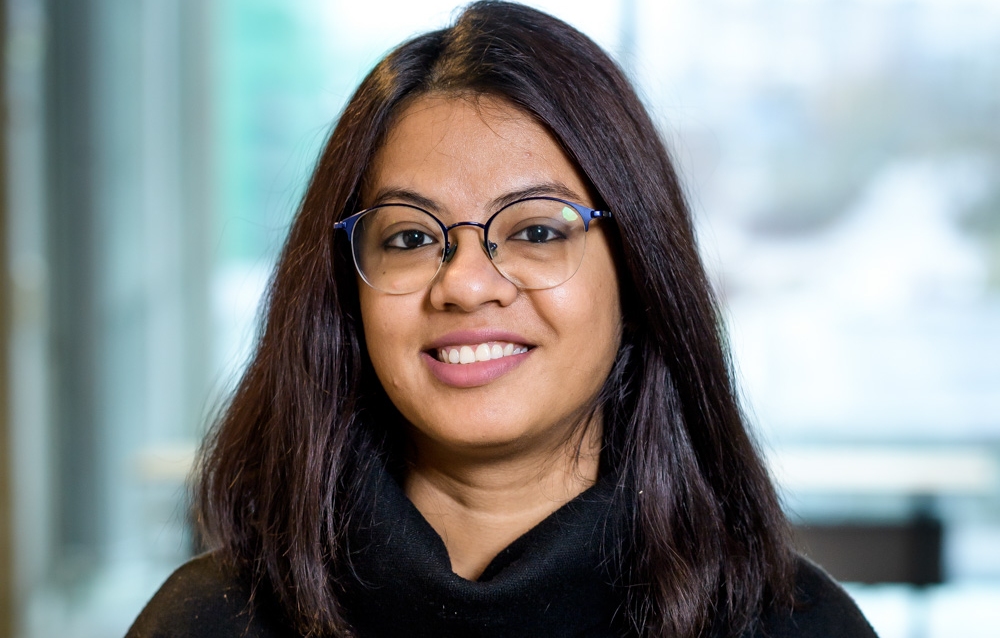The love for machines and design brought her to research in additive manufacturing
– Published 28 January 2022

Satabdee Dash, PhD Student at Product Development, Design Sciences:
– My love for machines, airplanes and actually design in general has motivated me to come all the way from India to Germany during my employment within the aerospace industry. Then to Stockholm where I pursued my master’s degree in Machine design, and finally to Lund as a doctoral student – where I am conducting my research on the design of flexible structures intended for additive manufacturing.
What is your research goal?
– The main goal of my research is to support the designing of flexible structures, intended for additive manufacturing, that is, fully utilise the design capabilities of additive manufacturing whilst dealing with the associated constraints. In order to achieve this, I will investigate the synergies between the design of flexible structures and design for additive manufacturing to facilitate the implementation of these in the industry.
– Conventionally, flexible structures are widely used in airplane wings, padding inside helmets and soft robotics such as food grippers. They are also used in healthcare, for example in foot orthotics and medical stents. "Key motivations for using design for additive manufacturing include the ability to consolidate different parts and generate lightweight structures as well as complex geometries.
How can your research contribute to a sustainable society?
– As a design engineer and researcher, I must have an understanding of the environmental and social impacts of my designs. The negative impact of using plastics is well-known. Within STEPS* I am working towards designing 3D printed flexible structures for furniture to mimic the flexibility of the existing unsustainable polyurethane foams. I want to explore the sustainability aspects of additive manufacturing and strive to produce bio-based sustainable alternatives.
If you look ahead – what trends do you spot within your area?
– Flexible structures designed for additive manufacturing have great potential in the industry and exploring their design possibilities can lead to the advancement of multi-state, multi-functional and shape morphing design abilities.
When you are not doing research – what do you do?
– When I am not working, I usually travel and practice my photography skills. I believe that it is wise to take advantage as much as possible of the fact that I am in Europe and have the chance to explore this beautiful continent. And oh yes, I love singing too.
*STEPS (Sustainable Plastics and Transition Pathways) is a research programme with the goal to facilitate this transition by sharing innovation, knowledge and findings between academia, industry and society. About STEPS – on their web site.
Contact
Satabdee Dash is a PhD Student in Innovation Engineering at Product Development, Design Sciences, Lund University since October 2020. Her main supervisor is Professor Glenn Johansson and her co-supervisor is Senior lecturer Axel Nordin.
Do you want to know more about the research about additive manufacturing, contact Satabdee Dash:
satabdee.dash@design.lth.se
046-222 81 13
